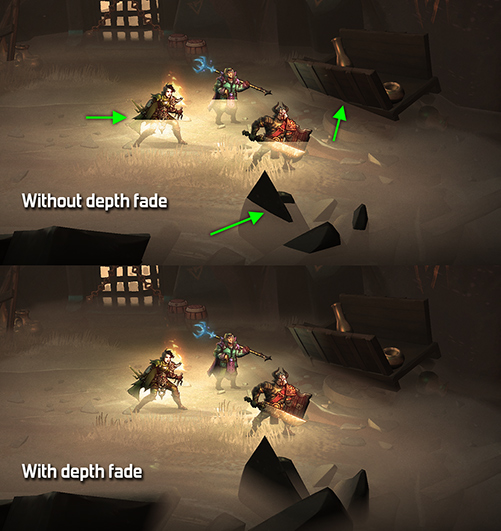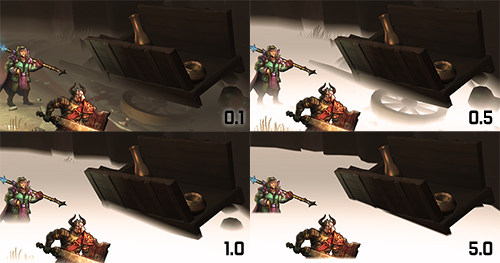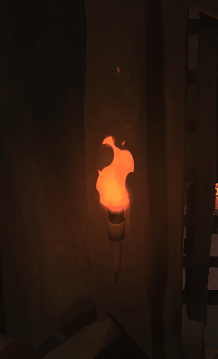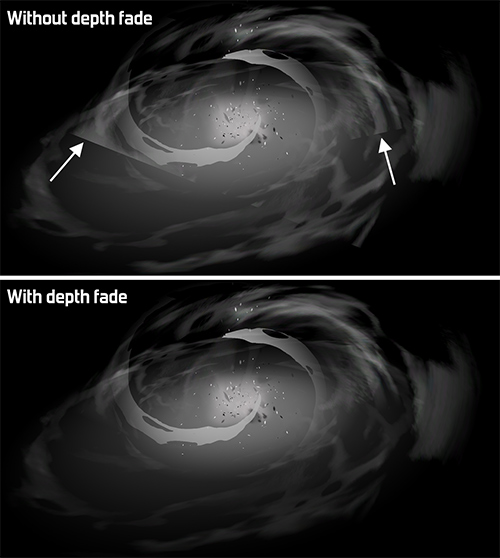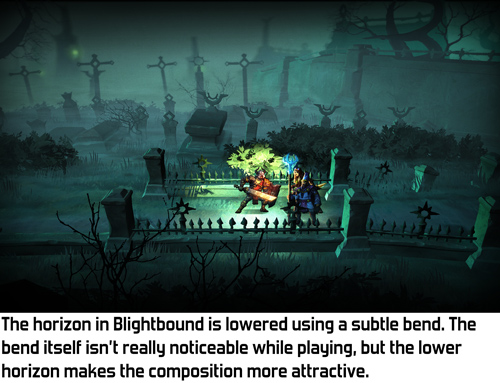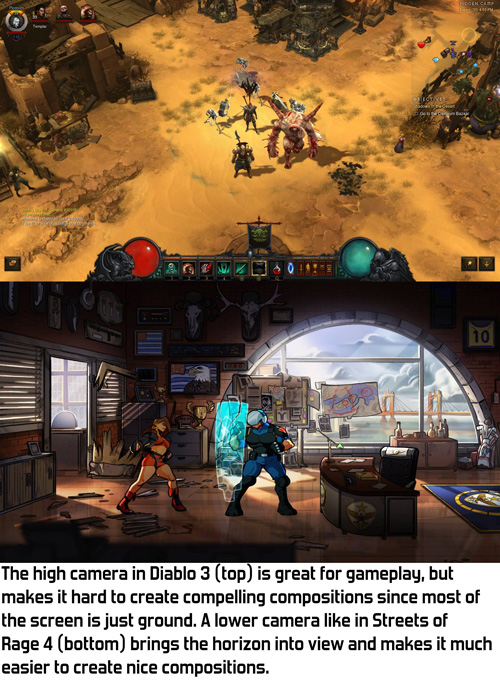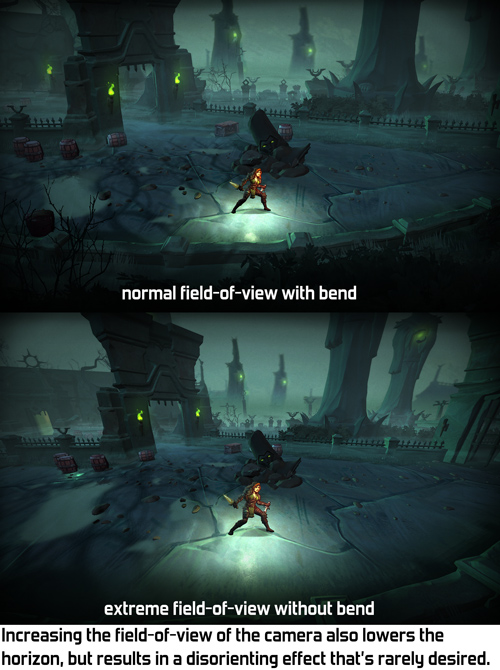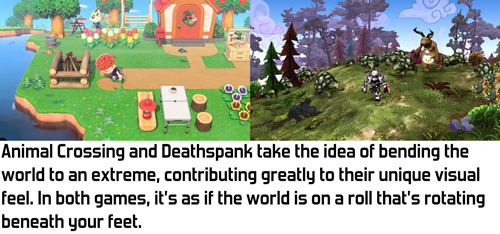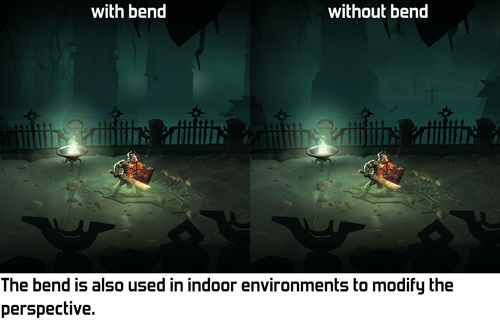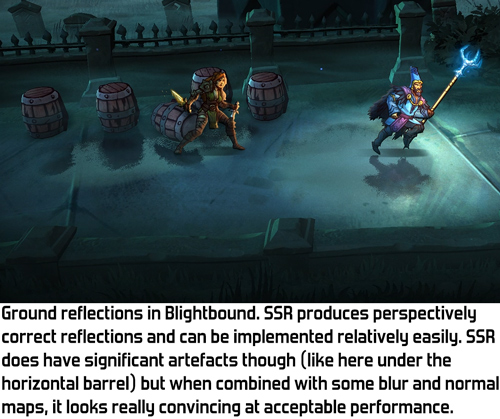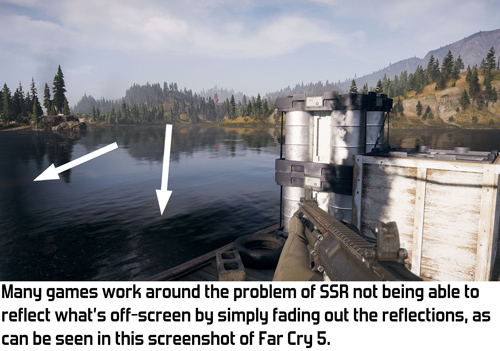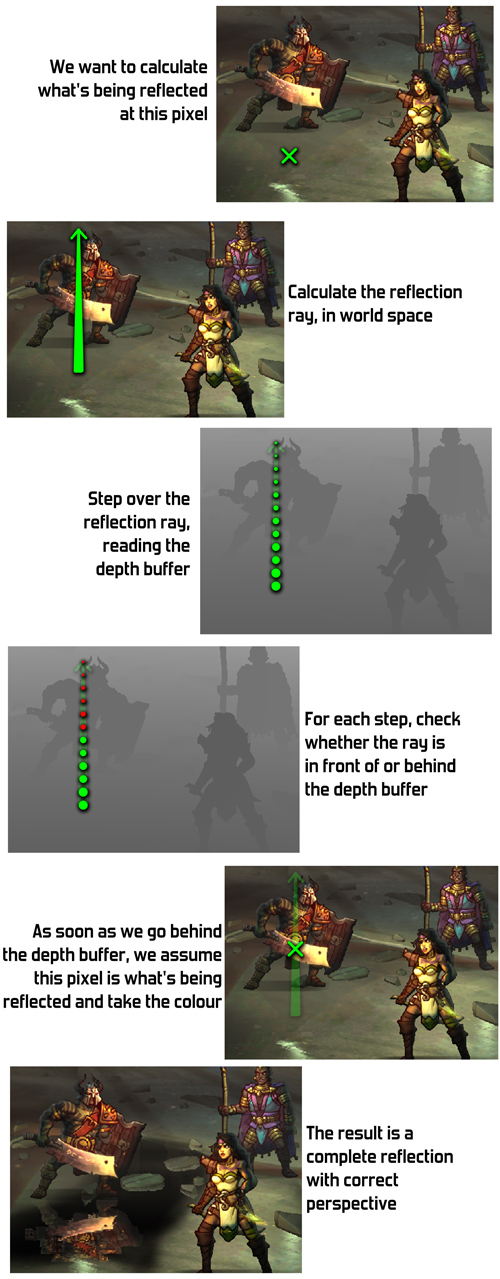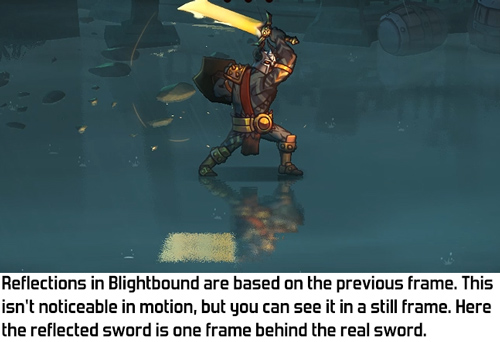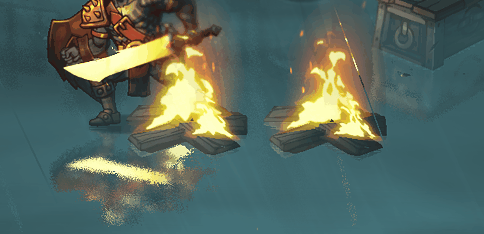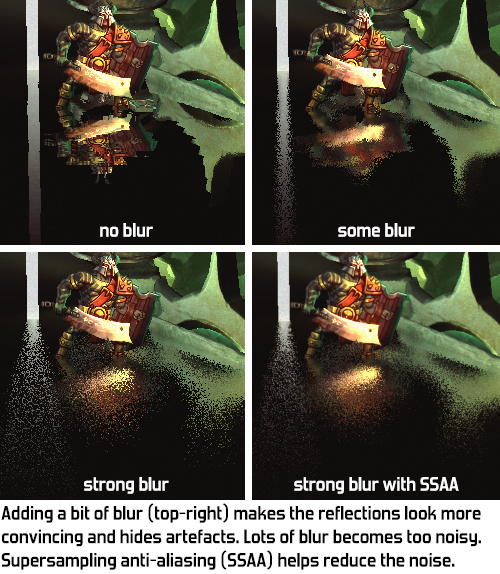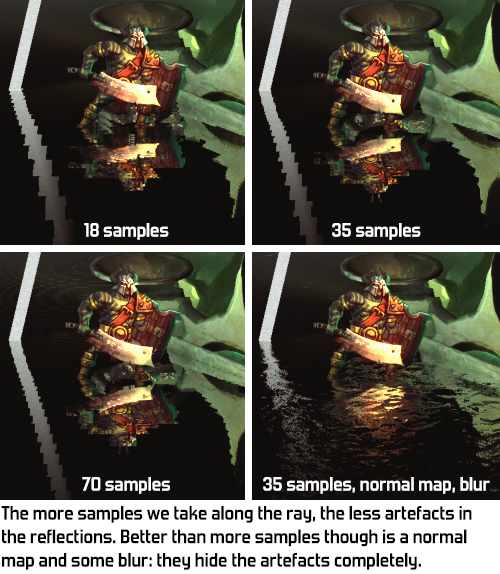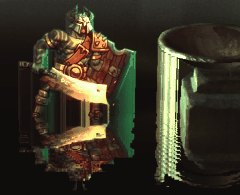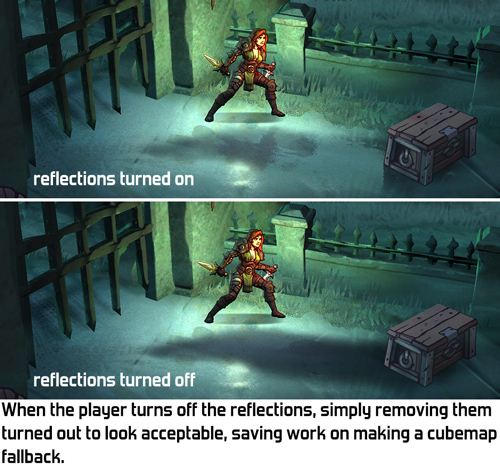Starting your own game company is fun and exciting, but it’s also challenging. It takes courage and skill, but above all: patience and perseverance. Some become successful quickly, but in many cases it takes years to achieve financial success and actually make a decent living out of your own game company. It might take long to make your first product or get your first deal, and that first achievement might only be a stepping stone towards a next step that brings financial stability. Today I’d like to show an example of just how long that can take by sharing the financials of the first five years of Ronimo, the company I co-founded with 6 friends nearly 14 years ago.
TLDR: The very short summary is this: it took us 2 years to make any money from Ronimo at all, 4 years to earn (almost) our country’s official minimum wage and 6 years to receive a more decent monthly salary from our own company. During that period we were near bankruptcy twice. Why did it take so long? Read on and you shall know!
A note before I continue: this blogpost is partially about how long it took us to “make a decent living”, but the cost of living differs hugely per country. The Netherlands is a wealthy country so cost of living is relatively high. A quick internet search shows that cost of living is much higher in some countries and only half in others. Since most revenue is worldwide, the same sales might mean financial stability in one place, but not enough to pay the rent in another.
Also, for anyone used to reading US dollars instead of euros: if you just replace the € sign with a $ sign, you’re in the right ballpark (especially given that the exchange rates between dollars and euros have varied a lot over the years).
In our second year of studying at the Utrecht School of the Arts our classmate Fabian Akker brought up the idea of starting a company together, with a group. Around that time we had done a couple of school projects that had failed quite miserably, so my first thought was: “we suck, let’s not.” However, the third year was to bring the first major game project, so we figured that if we could make something awesome there, then maybe we could also start a company making our own games.
The resulting game was De Blob: a huge success! We put it online and got attention from gaming press and even had some publishers contacting us, wondering whether they could buy the rights to De Blob.
(Note that De Blob was not exactly made by Ronimo: of the 9 students who made De Blob, only 5 were part of the 7 founders of Ronimo.)
Convinced by De Blob’s success, we decided to really go through with starting our own company. However, each of us still had to do a 7 months graduation project. We combined them and made starting Ronimo our graduation project. Getting school to approve of that was a bit of a struggle, but once they did, we even got our own office inside school.
At the time, 'indie' as it's known today hardly existed and we had definitely never heard of it. We thought the only way was to make retail games and that required funding from a publisher. So we set out to make a pitchable prototype: Snowball Earth. This was intended to be a Nintendo Wii game and we hoped to find publisher funding once we had graduated. At this point Ronimo didn’t make any money at all, but that was okay since we were still students.
September 2007. We were so focussed on pitching to publishers that we did our graduation stuff on the side and crunched for what came a few weeks later: Games Convention in Leipzig, Germany! There we pitched to at least a dozen publishers. Some were interested and continued conversations with us afterwards. Hopeful, we continued work on the game, looking to improve it and increase our chances of signing a deal.
Our very first presentation was for a then pretty famous person from a big company. He was so excited that… he feel asleep during out presentation. Jet lag. Or disinterest. Or both. When we woke him up, he proceeded to try to sell us his own middleware and hardly looked at our game.
By this time we had graduated and had moved to our own office in Utrecht. A very small office for 7 people, but it was cosy and exciting. What we didn’t have, however, was money. We did some minor work-for-hire jobs, but since we weren’t fully committed to that, we hardly made any money there. Just enough to pay the rent of our office, but definitely not enough to provide ourselves with any income.
This is something I've seen quite a lot: studios who want to make their own games and finance that with work-for-hire rarely succeed at both. Either they hardly make any money from the work-for-hire, or they spend so much time on that that they can hardly focus on their own game. Often the result is that the game takes many years to build and turns out mediocre because of the lack of focus and time. The reason for this is simple: doing work-for-hire well and making it lucrative is hard and it's rare for that to work as an aside, especially for inexperienced recent graduates.
So, we didn’t make any money and we weren’t students anymore. How did we not starve? This varied amongst the founders. First of all, in September 2007 we managed to sell all the rights to De Blob to THQ, a then major publisher that’s now defunct. (Note that THQ Nordic is a different company that later bought the rights to the name and games of THQ, including De Blob.) For this we were each paid a nice amount (can’t disclose it due to NDA unfortunately), enough to pay the rent for quite a while. However, only 5 of the 7 Ronimo founders were part of the De Blob team, so 2 others didn’t have this.
Six of the founders had an additional source of income: the now defunct WWIK government subsidy. This paid recent art graduates around €600 per month. That’s less than half of the official minimum wage in the Netherlands at the time, but enough to not starve. To live cheaply, three of Ronimo’s founders rented an apartment together with one more person.
I personally didn’t get WWIK because I had some savings and thus didn’t qualify, so I went even cheaper: I kept living with my mum until I was 26 years old. I have a lovely mum though so I totally didn’t mind. Thanks, mum!
This is also a good moment to mention how privileged we are to be doing this in the Netherlands. In many places in the world all of this would have been much harder.
So, how did the pitching go? A few publishers were interested and one even flew over to do due diligence: judging whether we would really be able to make the full game. In the end none of them actually offered us a deal because Snowball Earth was too unique and we were too inexperienced to be trusted with that much money. We were asking for €1.5m development budget. Not much for the big game we envisioned, but definitely too much to give to a bunch of students who had so little clue about business and production processes.
Snowball Earth was too big a game to finish without funding, so we ended up cancelling it altogether. Years later we did release our prototypes, which you can still find here together with videos and screenshots.
What next, then? By this time indie was on the rise and we had managed to get Nintendo Wii devkits. We decided to make something small that we could finish and publish ourselves: Swords & Soldiers for WiiWare (the predecessor of the current Nintendo eShop).
We estimated we could make this game in 3 months. One year later, we finished and launched it. I’m still impressed that we managed to make something of that size and quality in just one year, and I’m even more impressed that we were stupid enough to think we could make something like that in just 3 months...
Throughout this year we still didn’t make any money, but we did hire interns. In the Netherlands internships are a standard part of many schools and are not paid like normal jobs. So for only €200 per month we could have a game student work for us full-time. Despite that low compensation, those interns were getting more money from Ronimo than we were! On average, we had 2 or 3 interns at a time helping with development.
In May 2009 Swords & Soldiers launched on Nintendo Wii. It got critical acclaim, reached the #1 selling spot on WiiWare in Europe and #3 in America. In total it sold 30k copies and made €146k during the first year (and very little on WiiWare afterwards). A big success for us at the time, but not that much money in retrospect.
In August 2009, after 2.5 years of working full-time with seven people, we were finally able to pay ourselves a monthly income. A whopping €600 per month! Oh wait, that’s super little… but it certainly felt like a big step forward!
Something we hadn’t realised yet at the time is the importance of porting our games to different platforms. That is, until Sony offered us money to make a PlayStation 3 port of Swords & Soldiers, including multiplayer.
To make this port and continue work on our next game OMG Space! (which would later be renamed to Awesomenauts) we needed more programmers. Up until this point I had been the only programmer at Ronimo (besides interns) and that wasn’t enough to make a port and a new game. We hired two programmers. Unlike us, those coders were paid real wages (though not very high ones). And so, while we the founders finally made more than our interns, we instead now had employees who made way more than us.
In September 2010 Swords & Soldiers released as a downloadable game on PlayStation 3. Unfortunately it didn’t make break even, so the only money we made from this was the initial porting budget we got from Sony.
Now that we realised that porting is a super important source of revenue, we also ported Swords & Soldiers to Steam and released that in December 2010. Making a port is only a fraction of the effort of making a full game, and every new platform is a new roll of the dice: a new chance at success. And indeed, while the PS3 version hardly sold, the Steam version would make us €120k in its first year and €35k in its second year.
Now that we had employees and paid ourselves a little bit, we had significant monthly costs. Too much to carry ourselves, so we were looking for a publisher for Awesomenauts. Near the end of 2010 this was becoming dire: we were only a few months away from being out of money altogether.
We were saved when we signed a publishing deal with DTP (yet another company that doesn’t exist anymore). The total development budget we got from them was €300k. Not much for a game of this size, but it was a lot for us! As is common, we received that money spread out over milestones and not all at once.
Awesomenauts was a very ambitious project, with complex multiplayer and simultaneously launching on two platforms that were new to us (Xbox 360 and PlayStation 3). We needed more programmers to pull that off. Good thing the budget we got from the publisher allowed us to grow a bit more. In the first half of 2011 we hired two more programmers and a producer, bringing the team’s total size to 12 full time employees. On top of that we usually also had 3 or 4 interns working with us.
The funding also allowed us to finally pay ourselves almost minimum wage: €1400 per month. Still less than our employees got, but at least we felt like we were finally making real money.
In March 2012 we managed to secure some additional income: Swords & Soldiers was included in the Humble Android Bundle and this made us €37k. Towards the end of the year it got included as a bonus in another Humble Android Bundle, making us another €10k.
This money was needed desperately, since Awesomenauts had seen numerous delays at this point. I don’t remember the exact original planned release date, but I think in total the console release got delayed by around half a year. The publisher didn’t give us extra budget for that, so we had to make do with the money we had.
In May 2012 Awesomenauts finally launched on Xbox 360 and PlayStation 3. But not before our publisher DTP went insolvent a mere week for launch. This made everything extremely complex and we didn’t know whether we would see any royalties at all. We got lucky: we had some unreleased DLC they wanted so we managed to strike a deal with the trustee for the insolvency so that the DLC would be released and we would still get royalties.
Nevertheless, Awesomenauts initially didn’t sell all that well on consoles and it took long before we got any royalties at all. We were nearly out of money but had one more card to play: a Steam port of Awesomenauts. Finances were so tight that we couldn’t pay ourselves anymore for a short period. We continued to pay our employees though, so only the founders were hit.
Then in August 2012 Awesomenauts launched on Steam and this version turned out to sell way better than the console versions. We were saved! And we had gotten lucky again with our publisher: since DTP was insolvent, they couldn’t pay for development of the Steam port of Awesomenauts, and thus we got the full rights to that version.
Awesomenauts kept doing very well so we supported it for 5 more years with tons of additional content. It also allowed us to finally switch what type of company we were: we switched from being a V.O.F. to a B.V. These are Dutch legal terms so let's not go into the details here. What it comes down to, is that a V.O.F. is strongly tied to the owners’ personal finances. If the company goes bankrupt, so does the owner personally. Being a B.V. is much safer, since now the company can go bankrupt without giving creditors the right to come after your personal belongings as well.
Being a B.V. does come with a requirement here in the Netherlands: unless you have good reason not to, the company needed to pay the active owners at least €2300 per month (after taxes). So in February 2013, six years after we started the company, we finally started to make a wage significantly higher than minimum wage. And even then it wasn’t that much: this excludes some insurances that are standard for employees but not for owners, and for me personally as a programmer: I’m pretty sure I could have made more had I worked elsewhere.
As far as I can tell, most game startups take several years to become financially successful. I think it might have taken us longer than most, but we made it at all and that’s already special. In fact, since the 'indiepocalypse' happened a few years ago most people who start a game company never manage to make a living at all (as I've previously said: the future of indie is amateur). With Ronimo we were lucky that we happened to start our company at a time when indie was hip and happening and it was relatively easy to reach players. Today, competition is much tougher than it was when we started, so chances of success are lower as well.
What’s the moral of this very long story? It’s simple: to start a game company, you don’t need just skill, vision and bravery, but also perseverance and a willingness to make little money for a long while.
